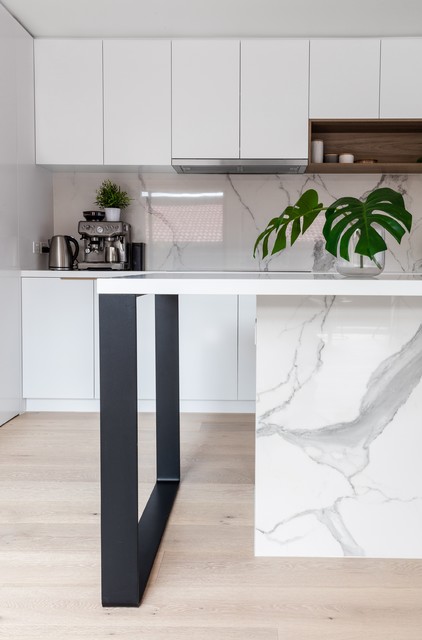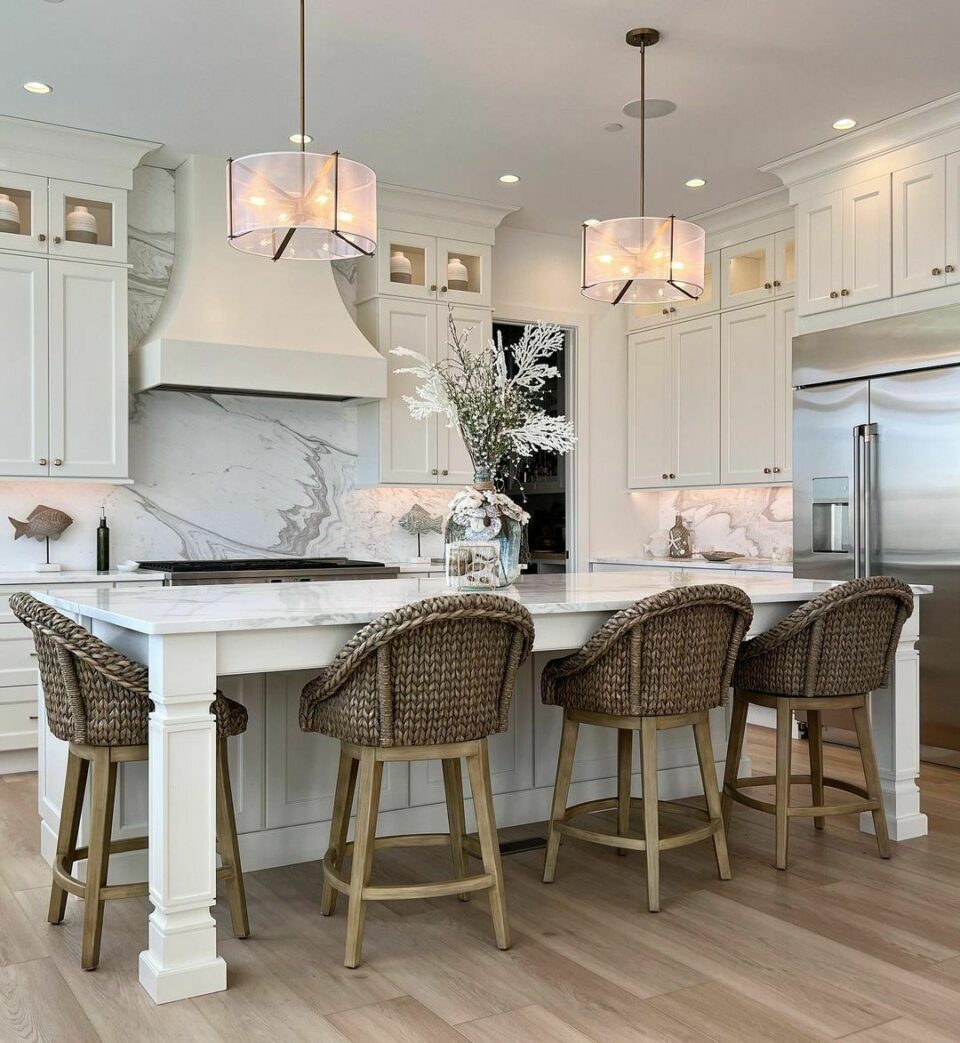Upgrade Your Kitchen with Classy Kitchen Island Leg Solutions
Upgrade Your Kitchen with Classy Kitchen Island Leg Solutions
Blog Article
Checking Out the Necessary Features of a Kitchen Area Island Leg for Your Culinary Space
The kitchen area island offers as a central hub in any culinary space, and the selection of leg design is crucial in improving both its capability and visual appeal. Understanding the essential functions of kitchen island legs-- including material choices, design styles, and security variables-- can substantially influence the total experience within the kitchen area.
Relevance of Kitchen Island Legs
Kitchen island legs play a crucial duty in both the capability and aesthetic appeals of a kitchen room. They not only support the weight of the island yet additionally boost the general layout, adding to the kitchen area's visual appeal. The selection of legs can determine the style of the cooking area, be it contemporary, typical, or rustic.
Functionally, robust and correctly made legs guarantee stability, enabling the safe use of the island for different tasks such as cooking, dining, or entertaining. Strong legs avoid wobbling and shifting, offering a reputable surface for everyday tasks.
Additionally, the height and placement of the legs can affect the convenience level for those seated at the island. A well-considered height can suit bar stools or chairs, promoting an inviting setting for gatherings.
Along with these sensible factors to consider, cooking area island legs can offer as a centerpiece in the area (kitchen island leg). Attractive or distinctly made legs can boost the style aesthetic, making the island a focal point. Hence, selecting the ideal kitchen island legs is vital for balancing kind and feature in any kind of culinary room
Material Options for Legs
Choosing the appropriate product for kitchen island legs considerably impacts both toughness and layout. Usual material options include timber, metal, and rock, each offering distinct benefits.
Wood is a prominent selection as a result of its warmth and versatility. It can be easily tailored to match various style styles, from rustic to modern. Hardwoods like oak and maple provide outstanding strength and longevity, while softer woods can be much more susceptible to tear and wear.
Steel legs are preferred for their smooth, contemporary aesthetic. kitchen island leg. Stainless-steel and light weight aluminum are not only robust yet also resistant to rust and corrosion, making them suitable for kitchen environments. They can produce a commercial look and are usually offered in numerous finishes to enhance various other cooking area elements
Rock legs, such as granite or marble, include a component of deluxe and security. While much heavier than other products, they offer outstanding resilience and can stand up to considerable weight. They might call for additional support to ensure correct balance.
Inevitably, the selection of material must straighten with both useful needs and the overall design vision of the kitchen room, making certain that the island legs improve both energy and visual appeals.
Layout Styles to Take Into Consideration
What layout styles should be thought about when selecting legs for a kitchen island? The selection of leg design considerably affects the total aesthetic of your cooking space. For a modern kitchen area, streamlined and minimalistic leg layouts, such as stainless-steel or geometric shapes, can enhance the modern-day appeal, providing a tidy and uncluttered appearance.
In contrast, standard kitchen areas profit from classic styles such as turned or carved wood legs, which include heat and character. These options often feature elaborate details that match vintage furnishings. For a rustic ambiance, take into consideration legs made from recovered wood or functioned iron, which bring an organic, earthy high quality to the space.
If you lean in the direction of an industrial style, robust metal legs with a distressed coating may be ideal, offering an edgy yet innovative touch. In addition, farmhouse design cooking areas can include chunky legs that evoke a sense of durability and homeliness.

Elevation and Stability Variables
The height and stability of a kitchen area island are important components that straight influence imp source its functionality and individual experience. A perfect kitchen area island leg should provide enough elevation to accommodate a selection of jobs, from food prep work to casual dining.
Security is just as crucial, especially as kitchen area islands typically act as focal factors in cooking settings. A steady leg design lessens wobbling and shifting, which can bring about mishaps or pain during usage. Materials such as strong wood, metal, or a combination thereof are frequently utilized to accomplish the required durability. The leg's attachment to the island's base should be protected, ensuring long life and durability against the wear and tear of daily usage.
Personalization and Devices
Personalization options and accessories for kitchen area island legs can substantially boost both the visual charm and functionality of the area. Property owners can pick from a variety of products, consisting of metal, stone, and wood, allowing for seamless integration with existing kitchen area decoration. The option of coating-- be it an all-natural stain, repaint, or powder covering-- further individualizes the look, guaranteeing that the island complements the overall design theme.
Along with product and finish, home owners may also explore the unification of devices such as decorative braces, adjustable feet, or integrated shelving. Braces can offer added support while adding to a modern or rustic aesthetic. Flexible feet are specifically valuable for uneven flooring, guaranteeing the island stays secure and degree, which is important for both safety and security and use.

Final Thought
In verdict, cooking area island legs offer an important function in giving security and enhancing the general aesthetic of the culinary space. Customization alternatives and accessories can boost the kitchen island, making it a distinctive focal useful site point within the home.
The kitchen island offers as a central center in any cooking area, and the selection of leg style is pivotal in improving both its performance and aesthetic appeal. Understanding the vital attributes of kitchen island legs-- consisting of material choices, design styles, and security factors-- can significantly influence the total experience within the kitchen.Kitchen island legs play an important function in both the capability and visual appeals of a kitchen room.What layout styles should be considered when selecting legs for a cooking area island?In conclusion, kitchen island legs offer a critical duty in providing stability and boosting the general visual of the culinary room.
Report this page